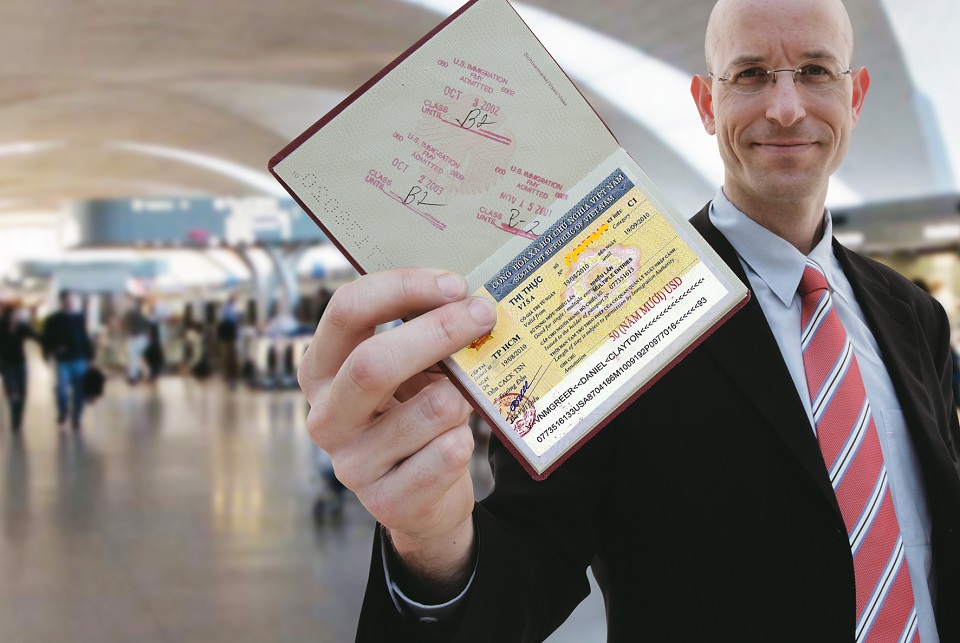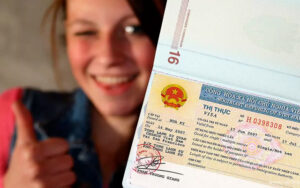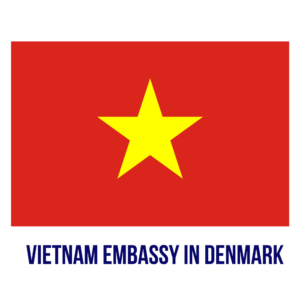Vietnam Multiple-Entry Visa: Best for Business Travelers from Denmark. As Vietnam emerges as a powerhouse in Southeast Asia, Danish entrepreneurs and corporate professionals are increasingly drawn to its thriving economy, strategic trade advantages, and lucrative investment opportunities. For frequent travelers, securing a Vietnam Multiple-Entry Visa is not just a convenience—it’s a necessity. This guide dives deep into why this visa type is indispensable for Danes doing business in Vietnam, covering eligibility, application steps, compliance, and expert strategies to maximize efficiency.
Table of Contents
Vietnam Multiple-Entry Visa: A Comprehensive Guide for Danish Business Travelers

For Danish professionals, navigating Vietnam’s business landscape requires foresight—and the right visa. Unlike single-entry permits, the Vietnam Multiple-Entry Visa offers unmatched flexibility, allowing seamless re-entry without reapplying. Below, we dissect its significance, types, and how it aligns with Denmark’s growing economic ties to Vietnam.
The Strategic Value of Multiple-Entry Visas for Danish Enterprises
Vietnam’s booming sectors—renewable energy, tech, and manufacturing—demand frequent visits from Danish executives. A multiple-entry visa eliminates bureaucratic delays, ensuring uninterrupted collaboration with local partners.
Consider the cost-benefit analysis: while a single-entry visa suffices for one-off trips, recurring applications drain time and resources. For businesses eyeing long-term ventures, the multiple-entry option is a fiscally sound investment.
Moreover, Vietnam’s visa policies favor investors. The DN (Business) Visa, valid for 6–12 months, accommodates extended stays, making it ideal for market penetration strategies. Danish firms leveraging this visa gain a competitive edge in agility and responsiveness.
Comparing Visa Types: Business vs. Tourist Options
While the DL (Tourist) Visa permits brief business activities like conferences, it lacks the legitimacy of a dedicated DN Visa. Immigration scrutiny can arise if frequent entries suggest commercial intent under a tourist label.
The Vietnam Multiple-Entry Visa under the DN category legitimizes prolonged engagements—contract negotiations, factory inspections, or branch setups. Danish travelers must align their visa choice with their business scope to avoid compliance pitfalls.
Case Study: Danish Sustainability Firms Thriving with Multiple-Entry Visas
Denmark’s leadership in green technology finds fertile ground in Vietnam’s push for sustainability. Companies like Ørsted and Vestas benefit from multi-entry visas, enabling regular oversight of wind-energy projects. This visa type transforms logistical hurdles into strategic advantages.
Why a Multiple-Entry Visa is Optimal for Danish Business Travelers to Vietnam
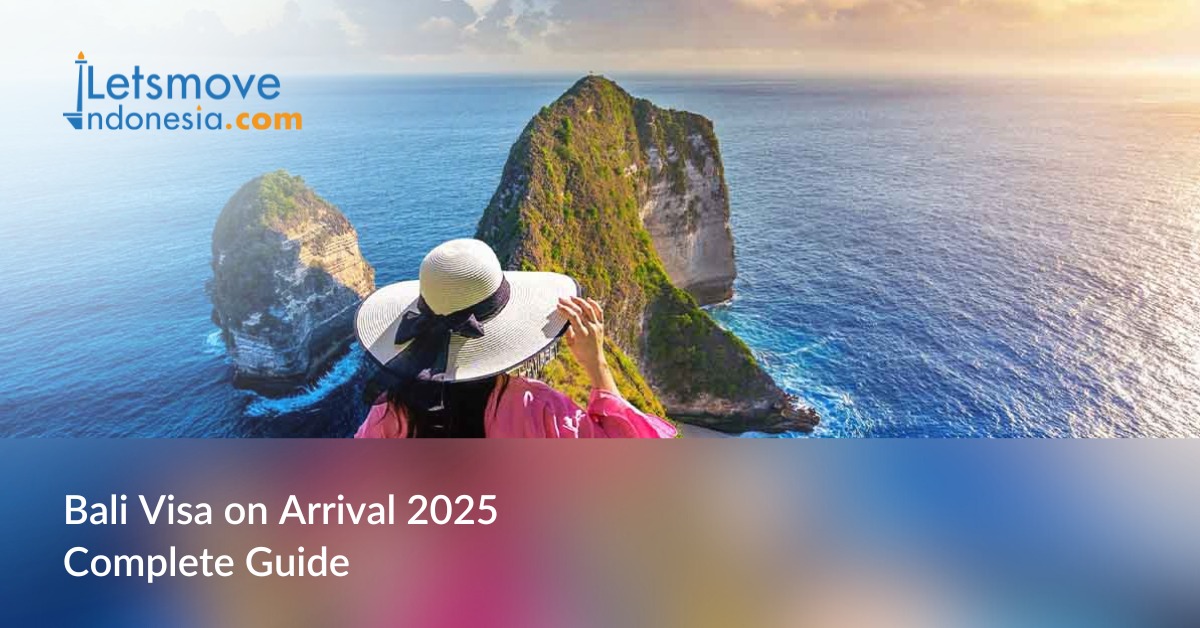
Beyond convenience, the Vietnam Multiple-Entry Visa is a catalyst for operational excellence. Danish professionals juggling ASEAN-wide responsibilities need a visa that mirrors their dynamic schedules.
Seamless Cross-Border Travel for Regional Operations
Vietnam serves as a gateway to ASEAN markets. Danish managers overseeing regional supply chains can hop between Vietnam, Thailand, and Cambodia without visa-renewal hassles. This fluidity is critical for industries like textiles or electronics, where production timelines are tight.
Mitigating Risks of Last-Minute Travel Changes
Business trips often face sudden rescheduling. A multiple-entry visa acts as a safety net, allowing impromptu returns to Vietnam for crisis management or unexpected opportunities—without the red tape of emergency visa services.
Strengthening Business Relationships Through Consistent Presence
Frequent face-to-face interactions build trust with Vietnamese partners. A multi-entry visa signals commitment, fostering stronger B2B relationships. For Danish SMEs breaking into the market, this consistency can be the difference between a handshake deal and a signed contract.
Cost Efficiency Over Time
Though pricier upfront, the visa’s long-term savings are clear. Calculate the cumulative cost of 4–5 single-entry visas versus one multi-entry permit—plus saved man-hours. For CFOs, this is a straightforward ROI calculation.
Eligibility and Application Process: Securing Your Vietnam Multiple-Entry Visa from Denmark
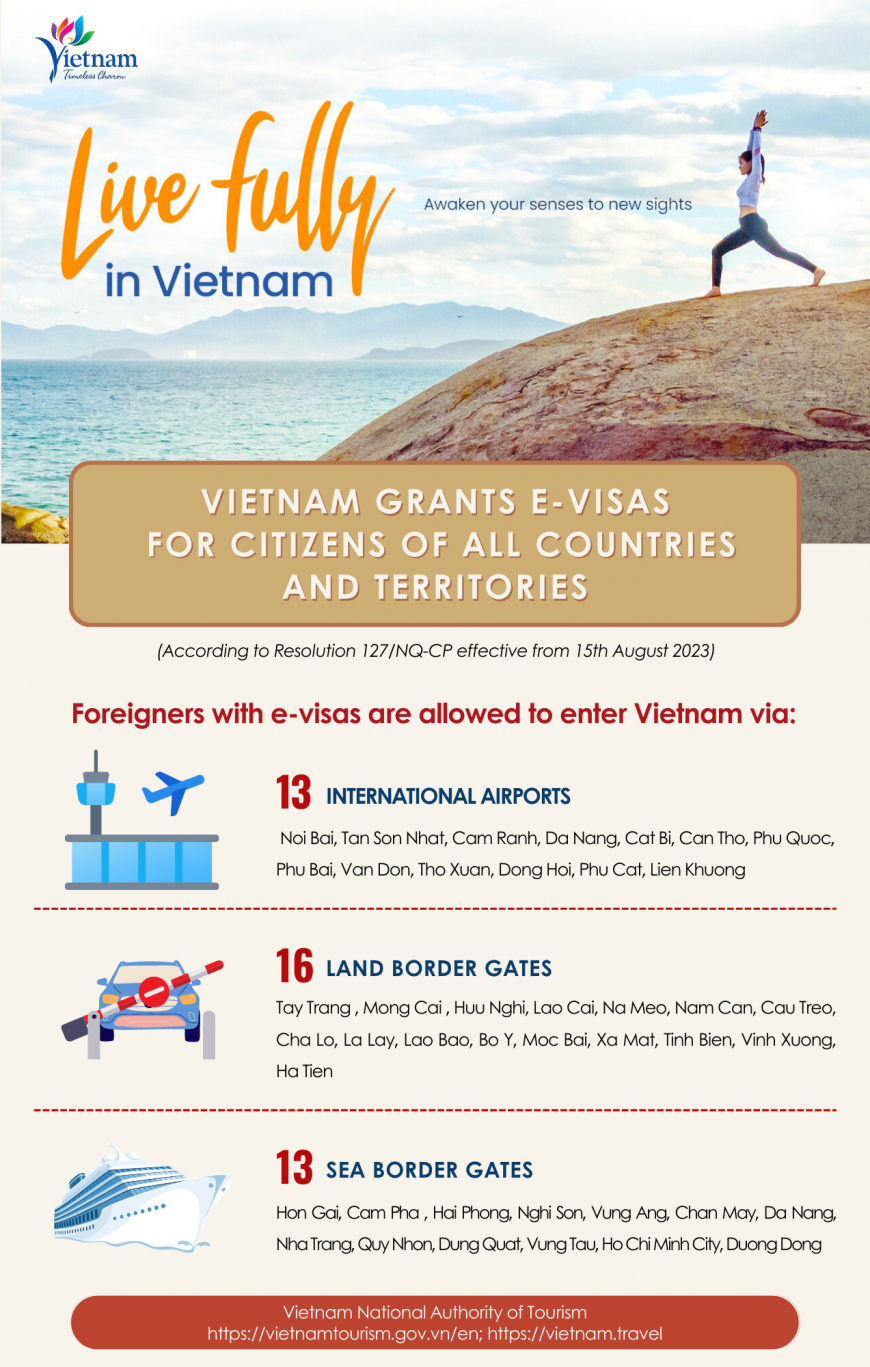
Navigating Vietnam’s visa requirements need not be daunting. Here’s how Danish applicants can streamline their process.
Essential Documentation for Danish Applicants
A valid passport (6+ months’ validity), proof of business intent (invitation letter from a Vietnamese entity), and completed NA5 form are mandatory. Unlike tourist visas, business visas require sponsorship from a registered Vietnamese company—highlighting the need for pre-established local connections.
Step-by-Step Application: Online and Embassy Routes
Danish travelers can apply via Vietnam’s e-visa portal (for shorter validity) or through the embassy in Copenhagen for extended stays. E-visas process in 3–5 days, while embassy submissions may take longer but offer customizable durations.
Pro tip: Engage a visa agency specializing in Nordic applicants to navigate nuanced requirements, such as notarized translations of business licenses.
Common Pitfalls and How to Avoid Them
Overlooking passport expiration dates or submitting incomplete invitation letters leads to rejections. Danish applicants should double-check alignment between their stated business purpose and supporting documents.
Maximizing Your Efficiency: Leveraging the Benefits of a Multiple-Entry Visa for Business in Vietnam
With the visa secured, Danish professionals can optimize its utility.
Timing Your Entries for Peak Business Seasons
Align multi-entry trips with Vietnam’s trade fairs (e.g., Vietbuild) or fiscal year-ends, when local firms are most active in deal-making.
Integrating Visa Validity with Project Lifecycles
Structure visa durations around project milestones—e.g., a 12-month visa for a phased factory setup. This avoids mid-project visa lapses.
Understanding Visa Regulations and Staying Compliant: Travel Requirements for Danish Citizens in Vietnam
Compliance ensures hassle-free stays.
Overstaying Penalties and Legal Implications
Even unintentional overstays incur fines (up to $500/day) and future visa bans. Danish travelers should track entry/exit stamps meticulously.
Reporting Requirements for Long-Term Stays
Those residing beyond 30 days must register with local immigration—a step often overlooked during hectic business schedules.
Navigating Vietnam for Business: Essential Tips for Danish Professionals Using a Multiple-Entry Visa
Cultural and logistical insights to enhance your trips.
Building Trust in Vietnamese Business Culture
Patience is key. Decisions unfold over multiple meetings—something a multi-entry visa facilitates. Learn basic Vietnamese phrases; it signals respect.
Leveraging Local Networks for Market Intelligence
Join Denmark-Vietnam business chambers or EU-linked trade groups. These networks offer localized advice beyond what’s found in guides.
Conclusion
The Vietnam Multiple-Entry Visa: Best for Business Travelers from Denmark is more than a travel document—it’s an enabler of growth. For Danish enterprises, it represents a strategic tool to harness Vietnam’s potential while maintaining operational fluidity. By mastering its intricacies, Danish professionals can transform bureaucratic hurdles into competitive advantages, ensuring their ventures thrive in Southeast Asia’s next big market.
`



